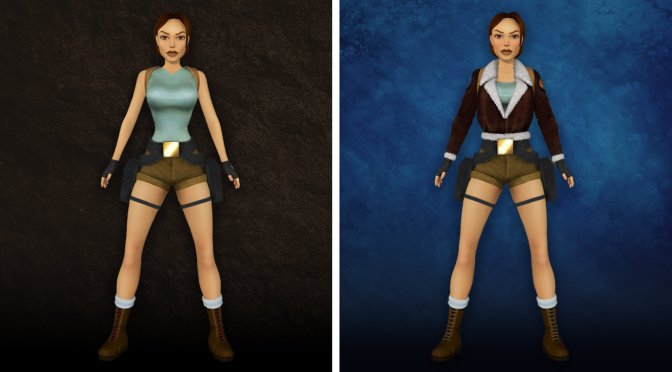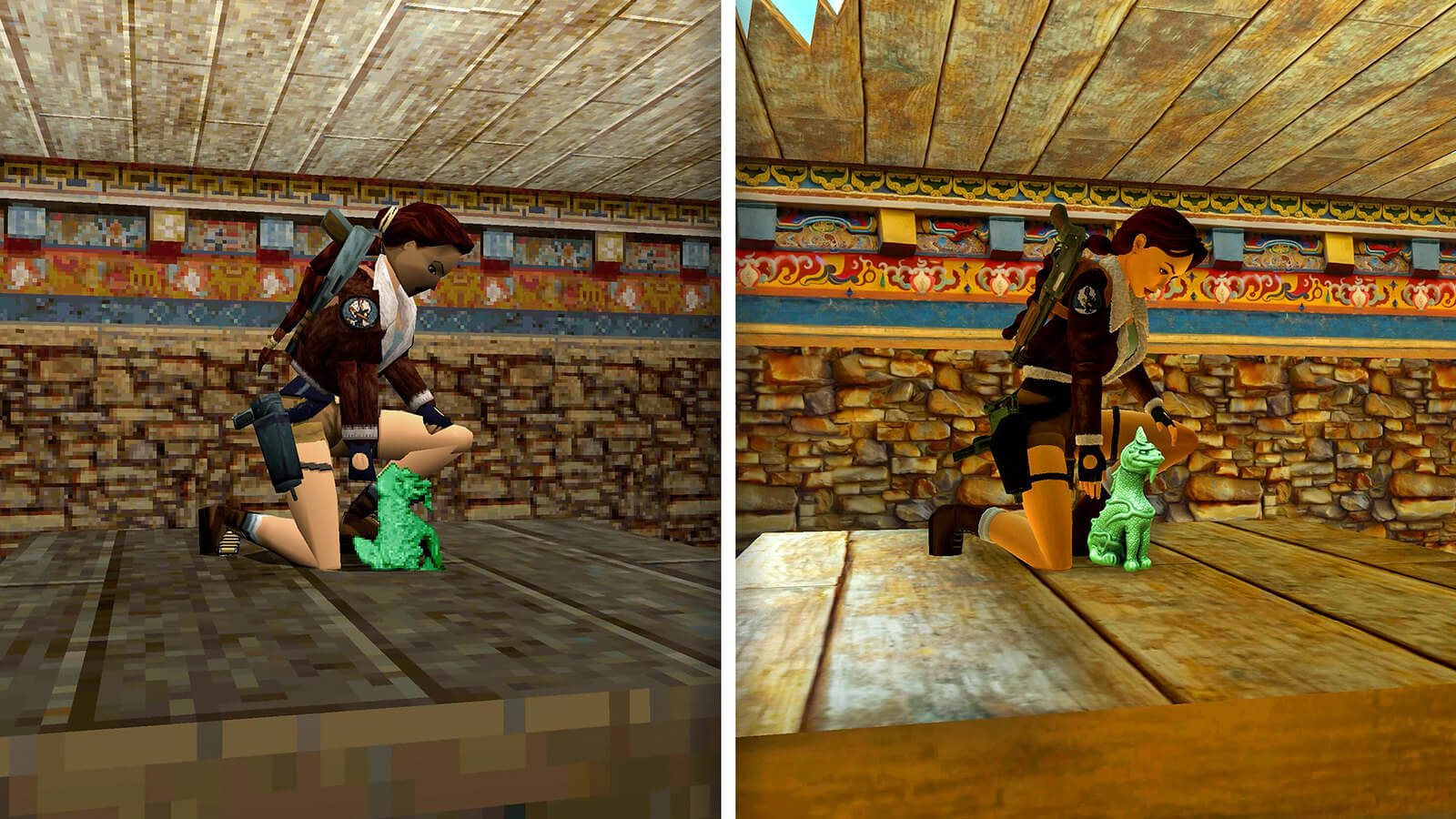Aspyr Media has shared some comparison screenshots between Tomb Raider I-III Remastered and the original versions of these classic TR games. These screenshots will give you a glimpse of the graphical improvements that these remasters bring to the table. So, go ahead and take a look at them.
Tomb Raider I-III Remastered will have baked and real-time lighting effects. Players can also expect better textures and higher-quality 3D models. Plus, the devs have replaced the item sprites with 3D models. And yes, Aspyr has also updated the 3D model of Lara. This new 3D model manages to stay true to the original art style. At the same time, Lara is no longer as polygonal as she was in the 32-bit days.
Now in case you’re wondering, no. These remasters will not have any Ray Tracing or Path Tracing effects. They won’t also be compatible with the RTX Remix Mod we shared a few days ago. After all, this collection will be using the DX12 API.
Another cool feature of these remasters is the ability to switch back to the original graphics with the press of a button. This will work similarly to the feature found in Halo: The Master Chief Collection.
Finally, Aspyr has shared the minimum PC system requirements for this collection. PC gamers will at least need an Intel i3 3240 or AMD FX 4100 with 4GB of RAM and an NVIDIA GeForce GT730 or AMD R7 240. The collection will also require 5GB of free disk space.
Tomb Raider I-III Remastered hits the PC on February 14th.
Enjoy and stay tuned for more!

John is the founder and Editor in Chief at DSOGaming. He is a PC gaming fan and highly supports the modding and indie communities. Before creating DSOGaming, John worked on numerous gaming websites. While he is a die-hard PC gamer, his gaming roots can be found on consoles. John loved – and still does – the 16-bit consoles, and considers SNES to be one of the best consoles. Still, the PC platform won him over consoles. That was mainly due to 3DFX and its iconic dedicated 3D accelerator graphics card, Voodoo 2. John has also written a higher degree thesis on the “The Evolution of PC graphics cards.”
Contact: Email



